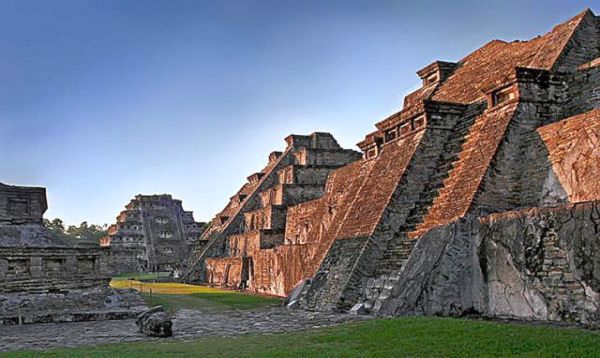Archaeologists in Mexico say they have uncovered three ancient playing fields at a pre-Hispanic site in the eastern state of Veracruz. They found the courts, dating back some 1,000 years, at the Tajin World Heritage site by using laser scanners.
They believe the fields would have been used to play pelota, a game in which players used their hips to propel a rubber ball through stone hoops. The sport was widely played by Mayan and other pre-Columbian people.
Experts from the National Institute for Anthropology and History (INAH) said the use of aerial photography, remote sensors and laser scanners had made it possible to find the ancient structures, hidden by layers of soil and dense vegetation.
Clue to the Past
Guadalupe Zetina of the Tajin archaeological site said they would now proceed to excavate parts of the site to further investigate the find.
As well as the three playing fields, the archaeologists found remains of "balconies", platforms between 10m (33ft) and 12m high that would have provided a panoramic view of the surrounding area. Ms Zetina said so far they had found two balconies but that they suspected there may be more.
"At the moment, we're studying their characteristics and making 3-D digital models. We'll need to carry out excavations to determine how they were used, but we're sure they were viewing platforms," Ms Zetina said. The team also found traces of living quarters in the western part of the archaeological site, which could have housed large families.
The archaeologists hope this last find may provide them with clues as to how the inhabitants of the Tajin site lived. Tajin is thought to have had its heyday between the early 9th and early 13th Century, at which point it became the most important centre in north-east Mesoamerica.
The discovery of the three playing fields brings the number of pelota courts uncovered in Tajin to 20. Tajin is therefore also known as the "city of pelota." It is still unknown who the original inhabitants of Tajin were.


